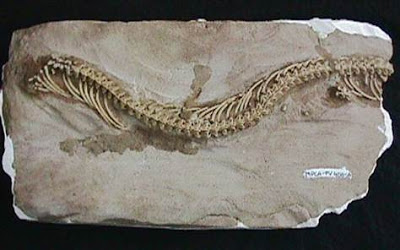
A new review provides intriguing insights on parthenogenesis, or virgin birth, in snakes.
Interestingly, facultative parthenogenesis, or asexual reproduction in an otherwise sexually reproducing species, appears to be quite common among snakes and may represent a potentially important feature of vertebrate evolution. On the other hand, obligate parthogenesis — when organisms exclusively reproduce through asexual means — is extremely rare in snakes.
While researchers’ understanding of these reproductive phenomena is in its infancy, the review provides the necessary first steps for investigating the origin and evolution of parthenogenesis in snakes.
“Once considered a evolutionary novelty, facultative parthenogenesis has now been documented in an increasing number of vertebrate species, ranging from the hammerhead shark to domestic turkeys, komodo dragons to snakes; however it is this last group that offers us the greatest insight into this unusual reproductive trait,” said Dr. Warren Booth, co-author of the Biological Journal of the Linnean Society article. “Having recently been documented in natural populations and across a variety of lineages within the snake phylogeny, ranging from the boas and pythons through to the water snakes and pitvipers, we revisit previous studies identifying commonalities and variations that offer new insight into this remarkable trait within snakes. Based on our findings we propose splitting facultative parthenogenesis within snakes into two forms, and thus identify snakes as ideal model species to study the evolution of vertebrate parthenogenesis.”
Reference:
Warren Booth, Gordon W. Schuett. The emerging phylogenetic pattern of parthenogenesis in snakes. Biological Journal of the Linnean Society, 2015; DOI: 10.1111/bij.12744
Note: The above post is reprinted from materials provided by Wiley.










